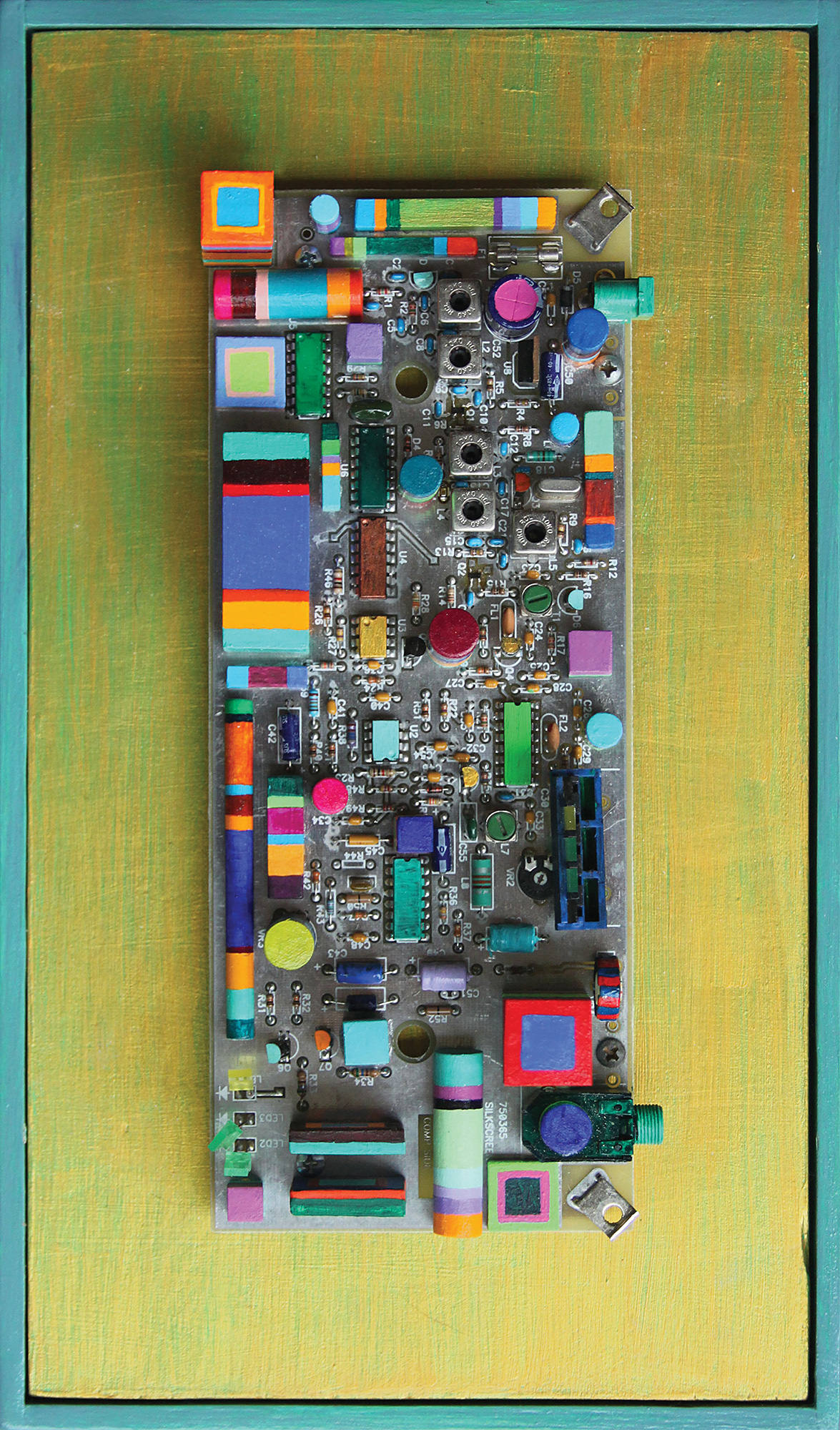This Mini FET condenser mic from MXL is the latest addition to their REVELATION line, as the more affordable, FET-based little brother to their REVELATION II [Tape Op #138]. In this case, more affordable does not indicate less useful. The Mini FET offers a 32 mm, gold-sputtered cardioid capsule with a discrete, low-noise signal path. Instead of a simplistic on/off pad found on many mics, MXL provides a 3-stage switch (0, -10, or -20 dB). Like the REVELATION II, the Mini FET is outfitted in a rugged case, which I always see as a plus, since I'm one of those people that pack my microphones in the case when they aren't in use. Microphones are our tools; they should be protected. I put the MXL Mini FET to work on sources, comparing it to a competing mini FET microphone at a similar price point.
On a loud guitar cabinet (powered by a 100 watt amp), I used both microphones about two inches off the grill and about two inches from the speaker's edge. I would describe the Mini FET as tight, with a more significant low end and pronounced low midrange bump. The highs of the Mini FET were a bit tamer than the comparison mic, without being sterile. Moreover, the other mic exhibited a pronounced midrange compared to the Mini FET while capturing more high end. The lows from the Mini FET were tighter and more focused, capturing the electric guitar "chugs" perfectly for a rock song I was working on – an excellent choice for rhythm work.
Many engineers rely on FETs for vocals. The Mini FET did not disappoint, delivering focused lows and neutral highs. Sometimes you may prefer a mic that emphasizes the upper frequencies, and sometimes you would rather shape vocals with EQs, depending on the application. I feel the Mini FET would be at home in a dense rock mix. When layered guitars run wild, a focused vocal track may be the order of the day, and the Mini FET did a decent job in that regard.
On a kick drum, two inches in front of and two inches in from the rim on the resonant head, the Mini FET delivered a punchy, (again) tight low end with a fair amount of midrange that gave me a kick with plenty of character for an indie rock track I was working on. The high mid bump in the competing mic added a little presence the Mini FET didn't have, but I was pairing the outside kick mic with an inside one I was using for the "click" of my drum track anyway.
The pros: Great sound, versatility, outstanding value, and rock-solid (even in high SPL situations). Only one con: The supplied shock mount relies on two arms that, when pinched together, pull the mic holder apart, allowing the microphone to be moved within the mount. Those arms jut out from the microphone in a way that places one directly in front of the microphone, limiting how close you can set the mic on your source. This can be remedied by disassembling the shock mount completely, then reassembling it with the arms moved, which is only a slight annoyance.
I've used the term "tight" quite a bit in this review because the Mini FET offers focused representation on numerous sources. Don't look at the price and think "budget." This is a little workhorse that will be useful in several recording applications. If you're building your mic locker, you'll get a lot of mileage out of the Mini FET.




_disp_horizontal_bw.jpg)